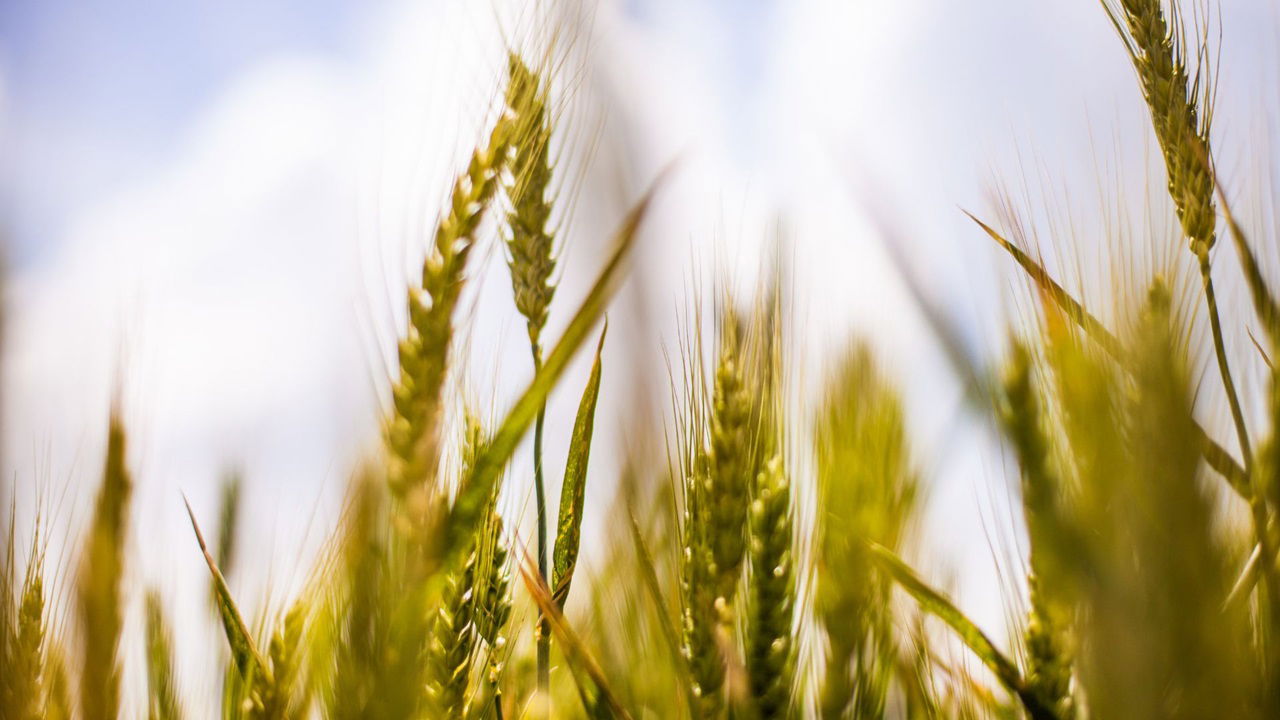
The Food and Agriculture Organization of the United Nations (FAO) has released its 2024 Statistical Yearbook, providing an insightful analysis of the transformative trends shaping global agrifood systems. This edition highlights critical issues such as rising global temperatures, persistent food insecurity, increasing obesity rates, and mounting environmental pressures. Compiled by FAO statisticians, the yearbook is divided into four thematic sections: economic dimensions of agriculture, commodity production and trade, food security and nutrition, and agricultural sustainability.
The publication, structured into four thematic chapters, delves into the economic, production, nutritional, and sustainability aspects of agriculture.
Over the past two decades, global agricultural value surged by 89% in real terms, reaching USD 3.8 trillion in 2022. Despite this growth, agriculture’s share in the global economy has remained stable, with a declining workforce percentage, from 40% in 2000 to 26% in 2022.
Food production continues to rise, yet hunger remains a critical issue. In 2023, an estimated 733 million people were undernourished, with Asia hosting the largest number, while Africa recorded the highest prevalence. Simultaneously, obesity rates are climbing, especially in high-income regions, where over a quarter of adults in the Americas, Europe, and Oceania are obese.
The production landscape has seen remarkable transformations. Primary crop production rose by 56% between 2000 and 2022, driven by staples like sugarcane, maize, wheat, and rice. Meat production increased by 55% during the same period, with chicken surpassing pork as the most produced meat.
Vegetable oil production soared by 133%, fueled mainly by palm oil. However, these advancements have come with environmental costs. Pesticide usage spiked by 70% between 2000 and 2022, with the Americas accounting for half of global consumption. Inorganic fertilizer use grew by 37%, primarily nitrogen-based. Greenhouse gas emissions from agrifood systems rose by 10%, with livestock responsible for 54% of farm-gate emissions.
Water scarcity remains a pressing concern, particularly in regions like the Near East and North Africa, where countries like Kuwait and Saudi Arabia are depleting renewable freshwater resources at alarming rates.
Launched on African Statistics Day (November 18), the yearbook serves as a crucial tool for policymakers, researchers, and analysts to navigate the evolving challenges and opportunities in agriculture and food security.
















